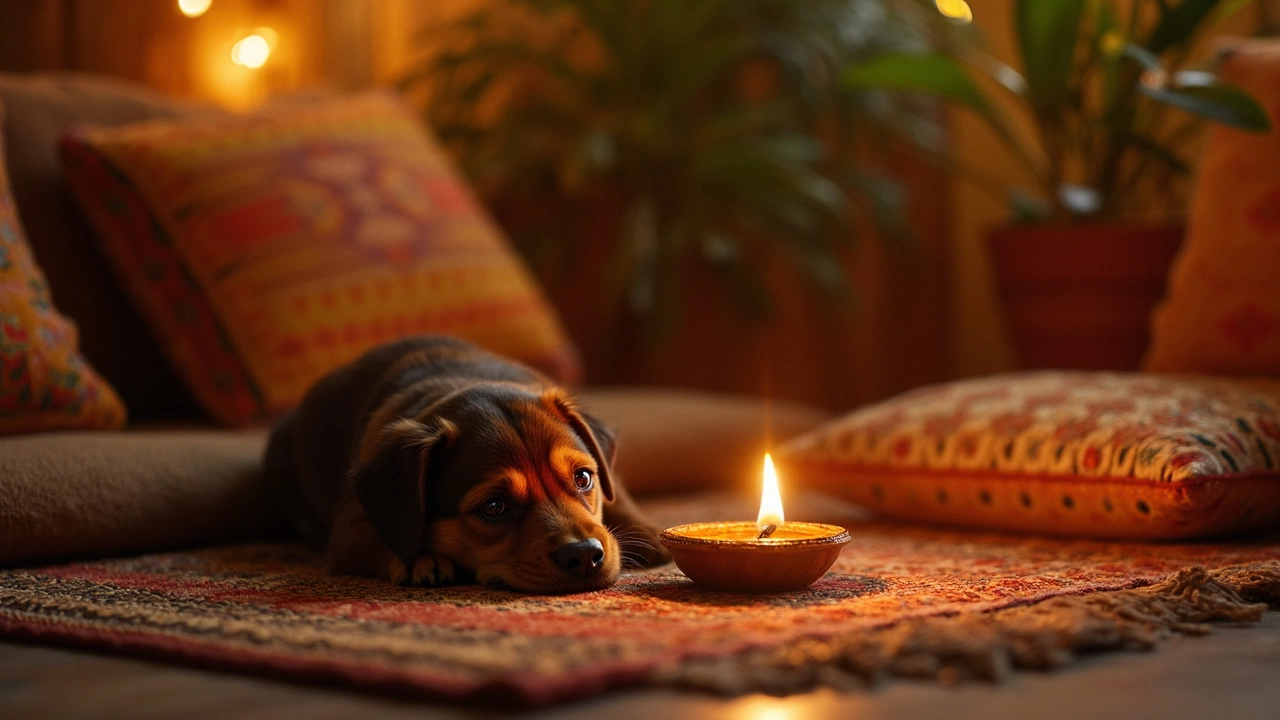Darkness & Nighttime Tips for Dogs and Cats
When the sun sets, many pets act like the world has changed. Some get nervous, some start to whine, and a few might even have accidents. The good news is you can make the dark hours safe and calm for your furry friend with a few simple steps.
Common Night‑time Issues
First, know what problems show up after dark. Dogs often bark at every rustle, because their ears pick up sounds that are muffled during the day. Cats may hide under the bed if they sense a sudden shadow. Both can feel anxious if they hear the TV or street noise and don’t know what’s happening.
Accidents are another big issue. A puppy that’s still learning house‑breaking might splash the floor if it wakes up in a dark room and can’t see the door. Older dogs with arthritis might stumble on furniture and get hurt.
Finally, many pets get scared during storms or fireworks that happen at night. The sudden flashes and loud bangs can trigger a fear response that lasts for hours.
Easy Ways to Make Night Safer
Start with lighting. A soft night‑light in the hallway or near the pet’s bed helps them see where they’re going without waking you up. LED strips along the floor are cheap and gentle on the eyes.
Next, create a safe zone. Clear toys, cords, and sharp edges from the areas your pet can reach at night. If you use a crate, make sure it’s big enough for the pet to stretch and has a comfy blanket.
Use sound wisely. Leaving a low‑volume TV show, a radio station, or a white‑noise machine can drown out scary outside noises. Choose calming music or nature sounds; they work better than silence for many dogs.
Stick to a routine. Feeding, bathroom breaks, and bedtime should happen at the same times each day. A predictable schedule tells your pet that nighttime is just another part of the day, not a mystery.
If your pet is afraid of flashes, consider a “safe spot” with a covered crate or a cozy dog bed under a blanket. Add an item that smells like you – a worn shirt – to reduce stress.
For night walks, use a reflective harness or a light‑up leash. This keeps you visible to drivers and helps your dog see the path. Keep the walk short and calm; a quick bathroom break is enough.
Lastly, watch for signs of trouble. If your dog whines nonstop, paddles its paws, or seems panicky, check for injuries first. If none, try a soothing voice, gentle petting, and a treat to reassure them.
Every pet reacts differently, so experiment with these tips and note what works best. Over time, the dark won’t feel scary at all – it’ll just be another part of your routine, and your dog or cat will settle in just fine.

Should Puppies Sleep in Total Darkness? Expert Tips for Puppy Bedtime
Are puppies better off sleeping in pitch darkness, or should you leave a light on? This article clears up what science and trainers say about lighting for puppy sleep. It covers how light affects your puppy's health, emotions, and sleep cycles. You'll get practical advice for creating a cozy bedtime environment. Plus, learn what to do if your pup seems restless at night.
read more


